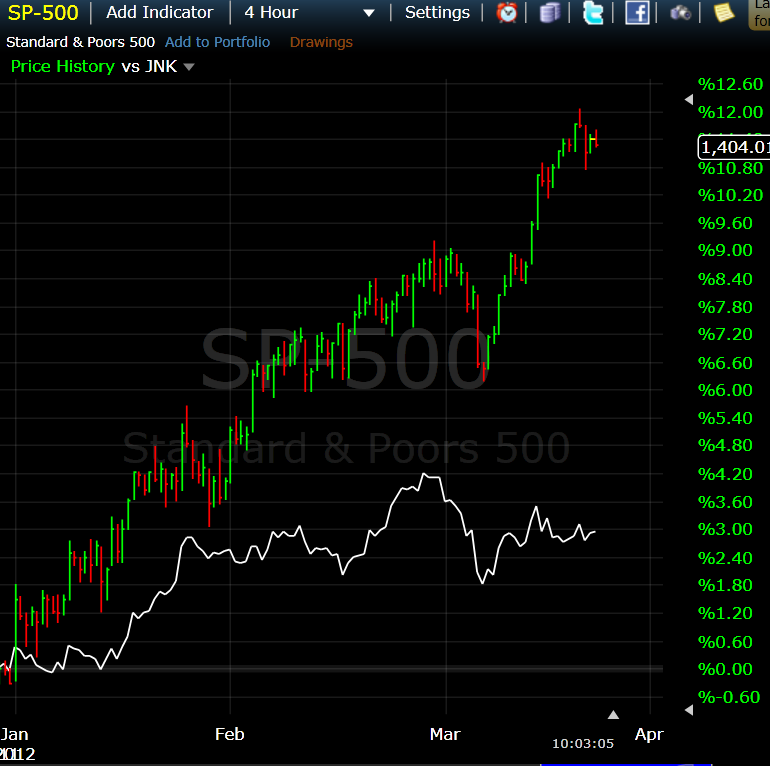Watch what they do, not what they say.
That’s the thinking of analysts who pay closer attention to money flows than sentiment polls, when they’re trying to get a sense for how investors really feel about the market.
For example, some analysts keep close tabs on inflows and outflows in mutual funds and ETFs to gauge the overall mood of investors.
However, “some curious dichotomies” emerge when it comes to the behavior of mutual-fund and ETF investors, according to ConvergEx Group.
For example, mutual-fund investors have pulled more than $5 billion from U.S. stocks so far this year, while adding nearly $53 billion to bond funds.
Conversely, ETF investors have poured nearly $26 billion into U.S. equities.
So it seems that ETF investors are much more bullish on the stock market than their mutual-fund counterparts. Yet the disparity could be driven more by demographics than bullishness.
“Our heuristic for comparing ETF and mutual fund flows is largely informed by the relative age of the asset owners,” according to ConvergEx.
“Mutual funds were the hot investment product of the 1980s and 1990s; ETFs took over that title in the 2000s and still hold it today,” the analysts wrote in a recent note. “Ask a broker or registered investment advisor how receptive their clients are to ‘new ideas, and they will tell you that the response tends to correlate with age. This is why mutual fund flows tend to skew towards fixed income, and ETFs to equity products. In short, these trends are as much demographic as they are about the capital markets or business cycle.”
So while the S&P 500 continues to climb to new record highs, there appears to be a generational clash between ETF and mutual-fund investors. ETFs are baskets of securities that trade like individual stocks on an exchange. They can be bought and sold during the day, while mutual funds are priced once a day at the close.
“Mutual fund assets still trump ETF balances by +$5.0 trillion to $1.9 trillion,” according to ConvergEx. “Will older investors continue to clip their coupons, or will they cycle back to U.S. equities? Or will their younger investment brethren step up and keep investing in ETFs? Either way, we’ll keep having to follow the money to find out.”
Certainly, this is a theme to watch as the bull market stretches into its fifth year.
At Covestor, some of the portfolios on our investment marketplace invest in ETFs, including diversified portfolios with management fees starting at zero. Covestor clients choose portfolios, and the positions and trades are replicated in their own brokerage accounts.
To learn more about how Covestor works, contact our Client Advisers at clientservices@interactiveadvisors.com or 1.866.825.3005. Or you can try Covestor’s services with a free trial account.
DISCLAIMER: The information in this material is not intended to be personalized financial advice and should not be solely relied on for making financial decisions. All investments involve risk, the amount of which may vary significantly. Past performance is no guarantee of future results.





